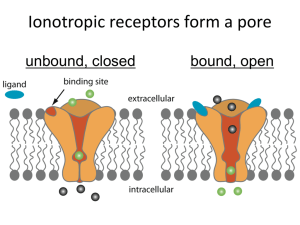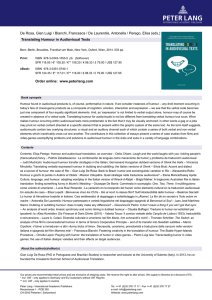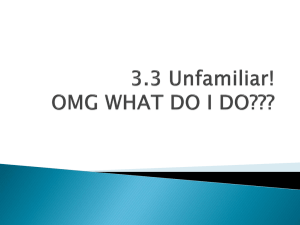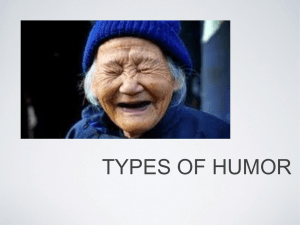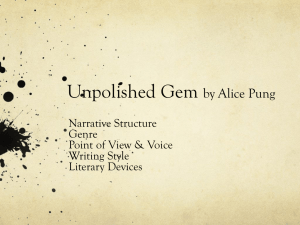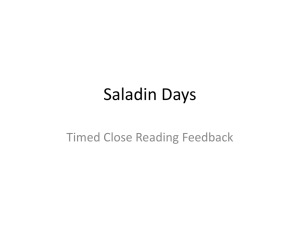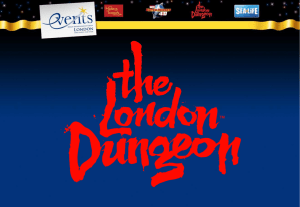Development of a Humour Styles Questionnaire for Younger Children
advertisement
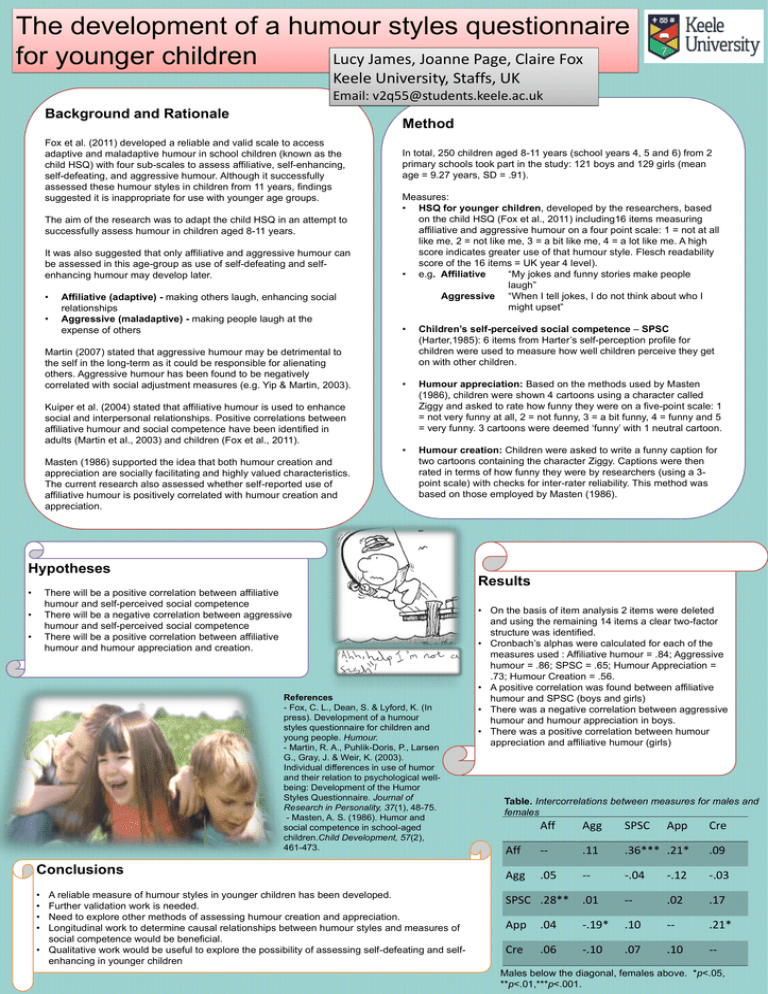
The development of a humour styles questionnaire Lucy James, Joanne Page, Claire Fox for younger children Keele University, Staffs, UK Email: v2q55@students.keele.ac.uk Background and Rationale Method Fox et al. (2011) developed a reliable and valid scale to access adaptive and maladaptive humour in school children (known as the child HSQ) with four sub-scales to assess affiliative, self-enhancing, self-defeating, and aggressive humour. Although it successfully assessed these humour styles in children from 11 years, findings suggested it is inappropriate for use with younger age groups. The aim of the research was to adapt the child HSQ in an attempt to successfully assess humour in children aged 8-11 years. It was also suggested that only affiliative and aggressive humour can be assessed in this age-group as use of self-defeating and selfenhancing humour may develop later. • • Affiliative (adaptive) - making others laugh, enhancing social relationships Aggressive (maladaptive) - making people laugh at the expense of others Martin (2007) stated that aggressive humour may be detrimental to the self in the long-term as it could be responsible for alienating others. Aggressive humour has been found to be negatively correlated with social adjustment measures (e.g. Yip & Martin, 2003). Kuiper et al. (2004) stated that affiliative humour is used to enhance social and interpersonal relationships. Positive correlations between affiliative humour and social competence have been identified in adults (Martin et al., 2003) and children (Fox et al., 2011). Masten (1986) supported the idea that both humour creation and appreciation are socially facilitating and highly valued characteristics. The current research also assessed whether self-reported use of affiliative humour is positively correlated with humour creation and appreciation. In total, 250 children aged 8-11 years (school years 4, 5 and 6) from 2 primary schools took part in the study: 121 boys and 129 girls (mean age = 9.27 years, SD = .91). Measures: • HSQ for younger children, developed by the researchers, based on the child HSQ (Fox et al., 2011) including16 items measuring affiliative and aggressive humour on a four point scale: 1 = not at all like me, 2 = not like me, 3 = a bit like me, 4 = a lot like me. A high score indicates greater use of that humour style. Flesch readability score of the 16 items = UK year 4 level). • e.g. Affiliative “My jokes and funny stories make people laugh” Aggressive “When I tell jokes, I do not think about who I might upset” • Children’s self-perceived social competence – SPSC (Harter,1985): 6 items from Harter’s self-perception profile for children were used to measure how well children perceive they get on with other children. • Humour appreciation: Based on the methods used by Masten (1986), children were shown 4 cartoons using a character called Ziggy and asked to rate how funny they were on a five-point scale: 1 = not very funny at all, 2 = not funny, 3 = a bit funny, 4 = funny and 5 = very funny. 3 cartoons were deemed ‘funny’ with 1 neutral cartoon. • Humour creation: Children were asked to write a funny caption for two cartoons containing the character Ziggy. Captions were then rated in terms of how funny they were by researchers (using a 3point scale) with checks for inter-rater reliability. This method was based on those employed by Masten (1986). Hypotheses Results • There will be a positive correlation between affiliative humour and self-perceived social competence There will be a negative correlation between aggressive humour and self-perceived social competence There will be a positive correlation between affiliative humour and humour appreciation and creation. • • References - Fox, C. L., Dean, S. & Lyford, K. (In press). Development of a humour styles questionnaire for children and young people. Humour. - Martin, R. A., Puhlik-Doris, P., Larsen G., Gray, J. & Weir, K. (2003). Individual differences in use of humor and their relation to psychological wellbeing: Development of the Humor Styles Questionnaire. Journal of Research in Personality, 37(1), 48-75. - Masten, A. S. (1986). Humor and social competence in school-aged children.Child Development, 57(2), 461-473. Conclusions • • • • A reliable measure of humour styles in younger children has been developed. Further validation work is needed. Need to explore other methods of assessing humour creation and appreciation. Longitudinal work to determine causal relationships between humour styles and measures of social competence would be beneficial. • Qualitative work would be useful to explore the possibility of assessing self-defeating and selfenhancing in younger children • On the basis of item analysis 2 items were deleted and using the remaining 14 items a clear two-factor structure was identified. • Cronbach’s alphas were calculated for each of the measures used : Affiliative humour = .84; Aggressive humour = .86; SPSC = .65; Humour Appreciation = .73; Humour Creation = .56. • A positive correlation was found between affiliative humour and SPSC (boys and girls) • There was a negative correlation between aggressive humour and humour appreciation in boys. • There was a positive correlation between humour appreciation and affiliative humour (girls) Table. Intercorrelations between measures for males and females Aff Agg SPSC App Cre Aff -- .11 .36*** .21* .09 Agg .05 -- -.04 -.12 -.03 SPSC .28** .01 -- .02 .17 App .04 -.19* .10 -- .21* Cre .06 -.10 .07 .10 -- Males below the diagonal, females above. *p<.05, **p<.01,***p<.001.

